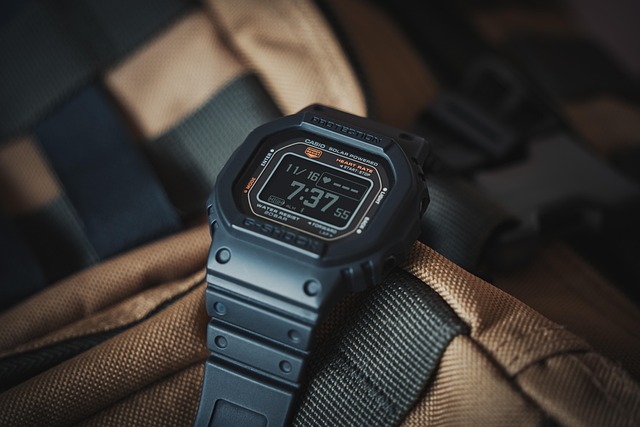Backpack Guide: Design, Uses, and Care
A backpack is a practical carry solution designed to transport equipment and personal items hands-free. From school supplies and travel gear to daily commutes and outdoor excursions, backpacks combine materials, compartments, and closures—like zippers—to protect contents and distribute weight. Understanding design choices, capacity, and maintenance helps match a backpack to specific needs and extend its useful life.

How does the zipper affect backpack performance?
Zippers are a critical component of a backpack’s usability and longevity. Different zipper types—coil, molded plastic (Vislon), and metal—offer trade-offs in weight, strength, and water resistance. Two-way zippers improve access and load management, while water-resistant or sealed zippers help protect contents from rain. The quality of sliders, stoppers, and stitching around zipper channels determines how well a backpack stands up to repeated use. Small repairs such as replacing zipper pulls or realigning sliders can extend serviceable life; reinforced seams and bar-tacking around zipper ends reduce failure risk.
What equipment fits best in a backpack?
Choosing what equipment to carry depends on the backpack’s layout and capacity. Look for dedicated compartments for laptops or tablets, padded sleeves for fragile electronics, and external attachment points for items like tripods or helmets. Internal organizers, mesh pockets, and compression straps keep gear secure and prevent shifting. For outdoor equipment, hydration-compatible sleeves and gear loops are useful. For camera equipment, padded inserts or modular dividers protect lenses and bodies. Consider the backpack’s volume in liters and distribute heavier items close to the back and centered to maintain balance and comfort.
How to choose a backpack for travel gear?
When selecting a travel backpack, evaluate size, access, and durability. Carry-on-friendly packs typically range from 20–45 liters, while longer trips may require 40–70+ liter packs for checked luggage. Front-loading or panel-loading designs simplify packing and retrieval compared with top-loading models. Internal frames, sturdy shoulder and hip straps, and ventilation panels increase comfort on long walks. Durable, water-resistant fabrics and reinforced stitching help with varied conditions. For international travel, consider lockable zippers and discrete exterior pockets for quick access to documents, and ensure the pack’s weight remains manageable when filled with travel gear.
What backpack features matter for everyday use?
Everyday backpacks emphasize comfort, organization, and durability. Padded shoulder straps, an adjustable sternum strap, and a supportive back panel reduce fatigue during commutes. Multiple pockets, a secure main compartment with reliable closures, and a quick-access front pocket for items like phones and keys improve daily usability. Materials such as ripstop nylon or coated canvas offer abrasion resistance without excessive weight. Reflective accents can increase visibility in low light. For those concerned about sustainability, look for backpacks made from recycled materials or with repairable hardware to prolong service life.
What should students look for in a school backpack?
Students need a balance of capacity, protection for electronics, and ergonomic support. A laptop compartment sized to the student’s device and enough room for textbooks, notebooks, and lunch helps prevent overpacking. Wide, padded straps and a contoured back panel distribute weight evenly; a waist or sternum strap can further stabilize loads for heavy days. Durable bottom panels and reinforced stitching at stress points reduce wear from daily use. Organizational features—pen slots, document sleeves, and easy-access pockets—streamline transitions between classes. Routine care, like cleaning spills promptly and checking zippers and seams, keeps a school backpack functional longer.
A thoughtful choice of materials, capacity, and features—coupled with basic maintenance—ensures a backpack meets its intended role, whether carrying school books, travel gear, or specialized equipment. Prioritizing fit, organization, and durable closures such as quality zippers helps protect contents and maintain comfort over time.






